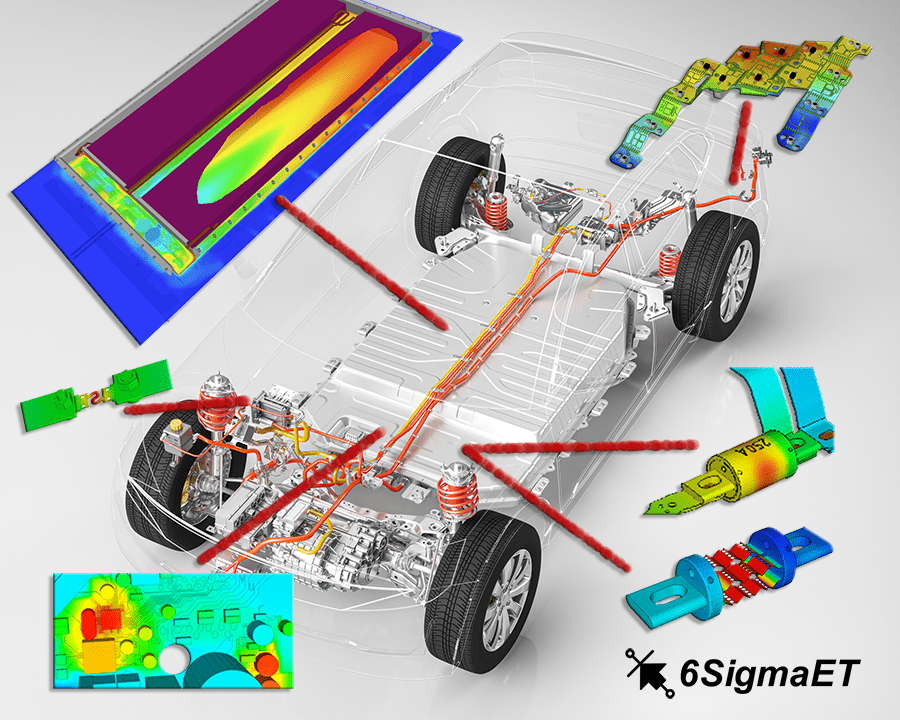Avoid dangerous temperatures in electric cars
The automotive industry faces a number of challenges in the transition to the production of e-vehicles. It becomes clear that thermal simulation will be absolutely crucial for the target date of the broad market introduction.
The days of diesel and gasoline-powered vehicles are numbered without the widespread introduction of synthetic drive systems. Everyone is talking about e-mobility. As with any major development, this technological revolution brings with it a lot of excitement, but also a large number of challenges that need to be solved in the near future.
Thermal vicious circle in electric vehicles
Lithium-ion batteries must be kept within a strict, narrow window of operating temperature. Environments below 0 °C slow down the chemical reactions within the battery, which affects the performance and range of the vehicle. When ambient conditions exceed 30°C, battery performance begins to deteriorate exponentially – temperatures above 40°C can even cause irreversible damage. The optimum temperature range for lithium-ion batteries is usually between 20°C and 30°C.
But unfortunately, these are not the only challenges for engineers when it comes to thermal management of electric cars. In this technology, high currents are used, which greatly heat up the metallic conductors due to the electrical resistance and the cross-section of the conductor through which the current flows.

Put simply, this is a situation in which an increased ambient temperature changes the operation of the power electronic device, leading to a vicious circle of further temperature increases. As the junction temperature rises, the forward resistance of the transistors increases, which in turn leads to greater heating of the junction. The end result is a burn-out of the electronics and component failure, which could be incredibly dangerous in automotive applications……


